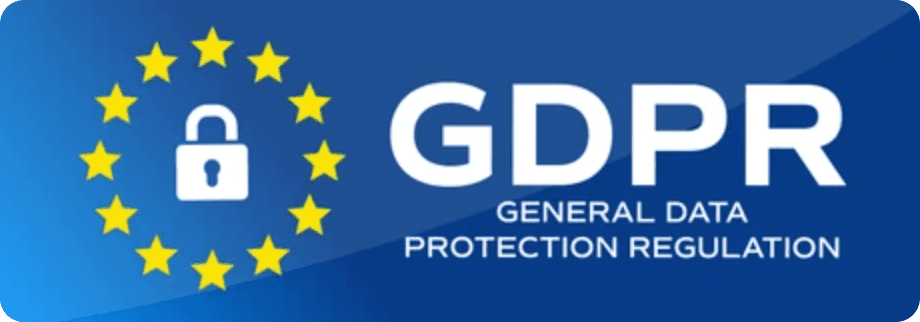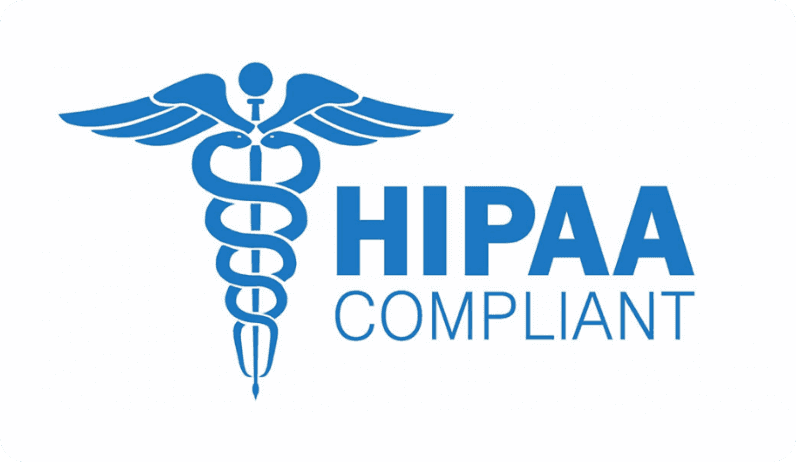Media
Sep 16, 2025
The $644 Billion Blind Spot: Enterprise AI Reaches Its Measurement Moment

Russ Fradin
Co-founder & CEO


How the fastest technology adoption in business history has created the biggest measurement crisis—and why the next 18 months will separate winners from losers
The 3AM CFO Dilemma
Sarah stared at her laptop screen in the dim glow of her home office. As CFO of a large manufacturing company, she'd seen plenty of late nights, but this one felt different. Tomorrow's board meeting would include a simple question that kept her awake: "What's our return on the $47 million we've invested in these new technologies this year?"
She had spreadsheets full of software licenses, contractor invoices, and training costs. What she didn't have was an answer that would satisfy a room full of board members who'd watched technology spending surge 76% year-over-year to reach $644 billion industry-wide in 2025, according to Gartner.
Sarah's dilemma isn't unique. It's the defining challenge of our era: the fastest technology adoption in business history has outpaced our ability to measure its impact.
Measurement Trails Adoption
Every transformational technology follows a predictable path. First comes the rush to adopt. Then comes the scramble to measure. Finally comes optimization and competitive differentiation.
We've seen this pattern before:
The internet in the 1990s: Businesses built websites and e-commerce platforms before developing web analytics to understand what worked, eventually proving digital channels could drive revenue and customer engagement equivalent or better than traditional channels.
Digital advertising in the 2000s: Companies poured money into online marketing before developing attribution models and analytics. Only when measurement frameworks proved digital channels were equivalent or better than traditional advertising did the billions flow and real transformation happened, reshaping entire industries.
Cloud computing in the 2010s: Organizations rushed to migrate workloads, then spent years learning to measure and optimize cloud spend, ultimately discovering cost savings and agility advantages that traditional infrastructure couldn't match.
Today, enterprise technology adoption has reached that critical inflection point—the moment when measurement becomes the difference between transformation success and expensive failure.
The Numbers Tell the Story
The Larridin State of Enterprise AI 2025 report, released today and based on an independent survey of 350 senior finance and IT leaders, reveals that we've reached this measurement moment:
The Scale Challenge:
$644 billion in enterprise technology spending in 2025 (up 76% from 2024)
72% of technology investments are actively destroying value through waste and poor governance
85% of senior leaders believe they have less than 18 months to build competitive advantage before falling behind permanently
The Visibility Crisis:
69% of technology leaders have completely lost visibility into their technology stack
84% consistently discover more tools than expected during audits
83% report employees installing software faster than security teams can track
The Measurement Paradox:
88% believe measurement will determine future market leaders
81% say technology investments are difficult to quantify
78.6% claim measurement effectiveness while lacking standardized metrics
As Salesforce CEO Marc Benioff recently observed: "We're probably looking at three to twelve trillion dollars of digital labor getting deployed. That digital labor's going to be everything from advanced agents to robots." Yet most organizations struggle to measure the effectiveness of their current investments, let alone prepare for this massive expansion and manage their digital labor.
Why This Measurement Moment Matters More
Unlike previous technology waves, today's transformation presents unique measurement challenges:
Speed of Adoption
Previous enterprise technologies took years to deploy across organizations. Today's tools can be adopted by entire teams in days or weeks, creating measurement gaps that compound rapidly.
User-Driven Deployment
Unlike ERP or cloud migrations managed by IT departments, today's technology adoption often happens at the team level, creating shadow deployments that bypass traditional governance and measurement frameworks.
Business Impact Complexity
These technologies augment human work rather than replacing manual processes, making traditional ROI calculations insufficient. Organizations need new frameworks that measure human-technology collaboration effectiveness.
The Market Leaders' Response: Building Execution Intelligence
Organizations successfully navigating this measurement moment share three characteristics:
1. Adoption Measurement
They systematically discover and manage unauthorized technology adoption, transforming potential risks into measured opportunities.
2. Scalable Enablement
They recognize prompts and agents created by employees are precious IP for the organization. They are deploying scalable, secure, and motivational frameworks to capture, promote, share, and adapt organizational AI IP to integrate across workflows and throughout the employee base.
3. Strategic ROI Measurement
They use data-driven frameworks connecting technology investments to measurable business outcomes, enabling confident scaling decisions.
The research reveals a clear competitive advantage gap: while 88% of leaders believe measurement will determine market leaders, only organizations with complete execution intelligence can make data-driven technology investment decisions during unprecedented spending growth, scale successful practices across enterprise operations, prove ROI to boards and stakeholders, and maintain security and compliance during explosive adoption.
Three Strategic Imperatives for Competitive Survival
Imperative 1: Map Your Territory
You cannot govern what you cannot see. During this period of explosive spending growth, successful organizations build comprehensive visibility into their actual technology landscape—not just what's approved, but what's actually being used, by whom, and how effectively.
The Larridin Scout Approach: Real-time discovery of technology usage patterns across your entire organization, providing the foundation for informed governance decisions during historic spending shifts.
Imperative 2: Orchestrate Excellence
Transform scattered technology experiments into coordinated operations that justify massive investments. Successful organizations provide strategic orchestration points for approved models, best practices, and team collaboration.
The Larridin Nexus Solution: Centralize access to approved tools, scale proven methodologies, and coordinate team execution—managing the largest technology transformation in business history.
Imperative 3: Prove Strategic Impact
Move beyond faith-based technology spending to data-driven competitive advantage. Market leaders measure the combined performance of people and technology working together, not just software metrics.
The Choice Ahead: Measurement or Marginalization
The window for action is rapidly closing. With 85% of leaders reporting less than 18 months to build a competitive advantage, organizations face a binary choice:
Transform technology from a chaotic expense into a measured, governed competitive advantage—or risk funding their competitors' transformation.
The companies that build robust execution intelligence frameworks now will emerge as market leaders. Those that continue operating on faith-based technology investment will find themselves explaining failed transformations to increasingly impatient stakeholders.
This isn't a technology failure—it's a measurement revolution waiting to happen. The question isn't whether your organization will eventually need to measure technology impact systematically. The question is whether you'll build that capability before or after your competitors gain irreversible advantages.
Chart Your Path to Measurement Excellence
Evaluate your organization's readiness immediately with our comprehensive assessment:
Take the Enterprise Technology Readiness Assessment →
The assessment evaluates your organization's execution intelligence capabilities across discovery, governance, and measurement—providing immediate insights into where you stand in the measurement revolution.
Download the Complete Report: The $644 Billion Blind Spot: Why Most Enterprise Technology Investments Are Failing to Deliver
Based on independent research with 350+ senior finance and IT leaders, this comprehensive analysis reveals the measurement crisis threatening the largest technology investment wave in business history—and the strategic framework market leaders use to capture competitive advantage.










